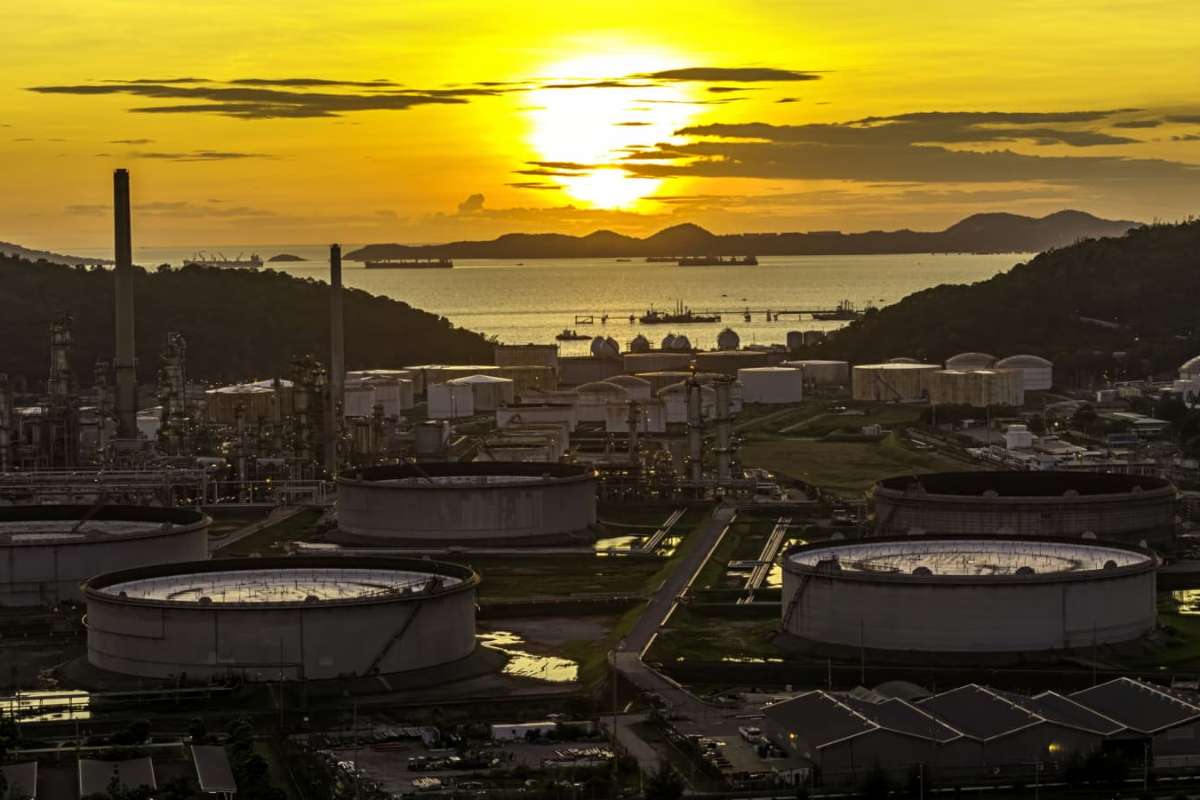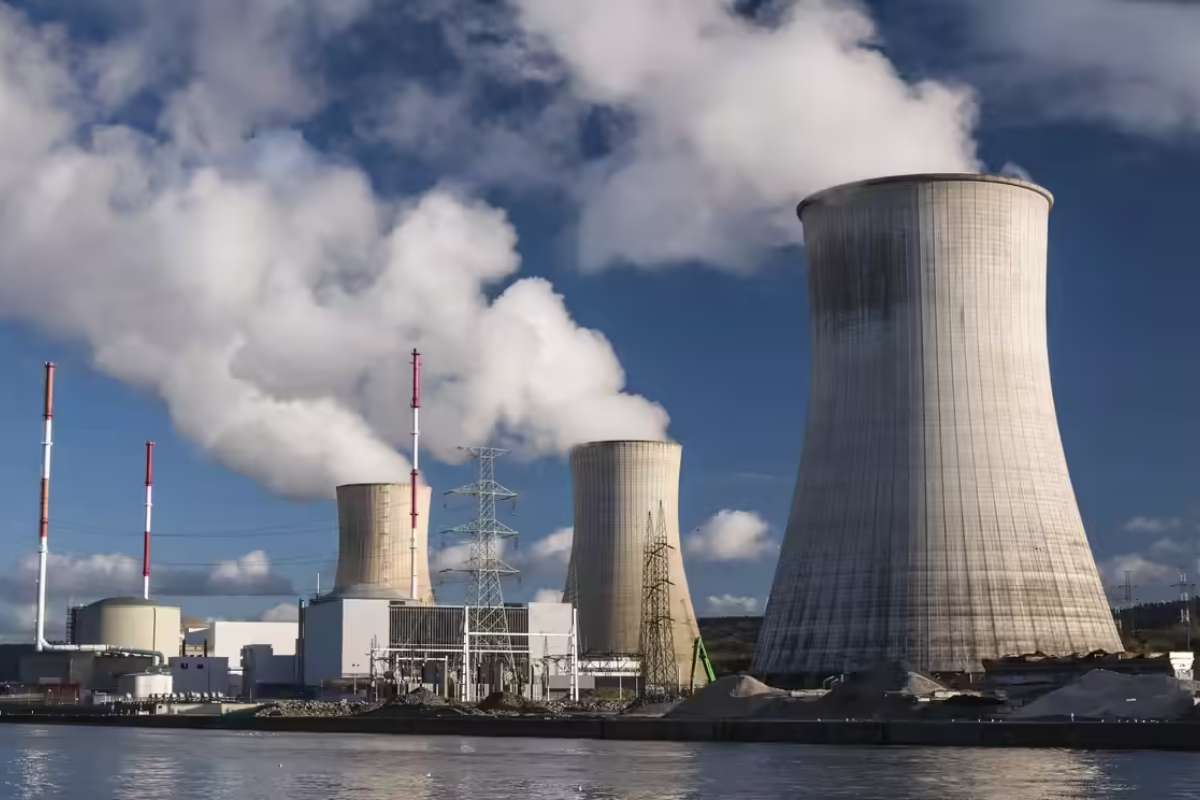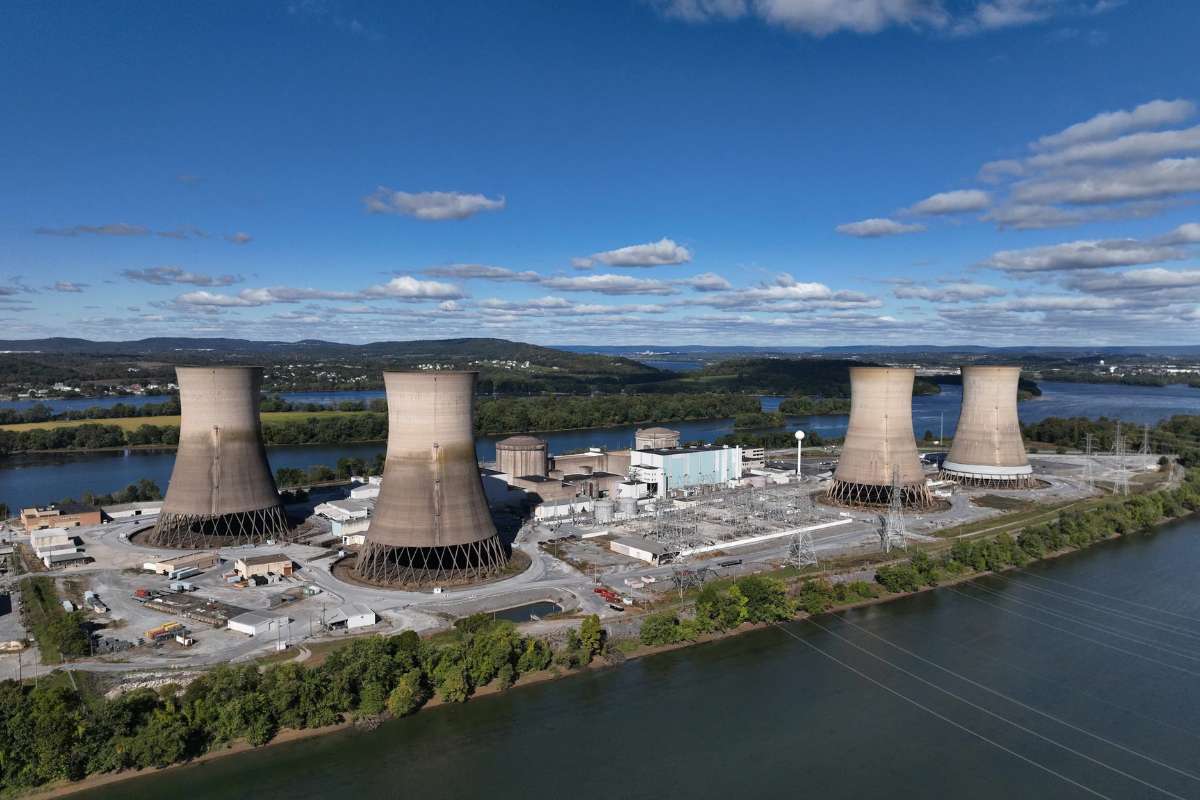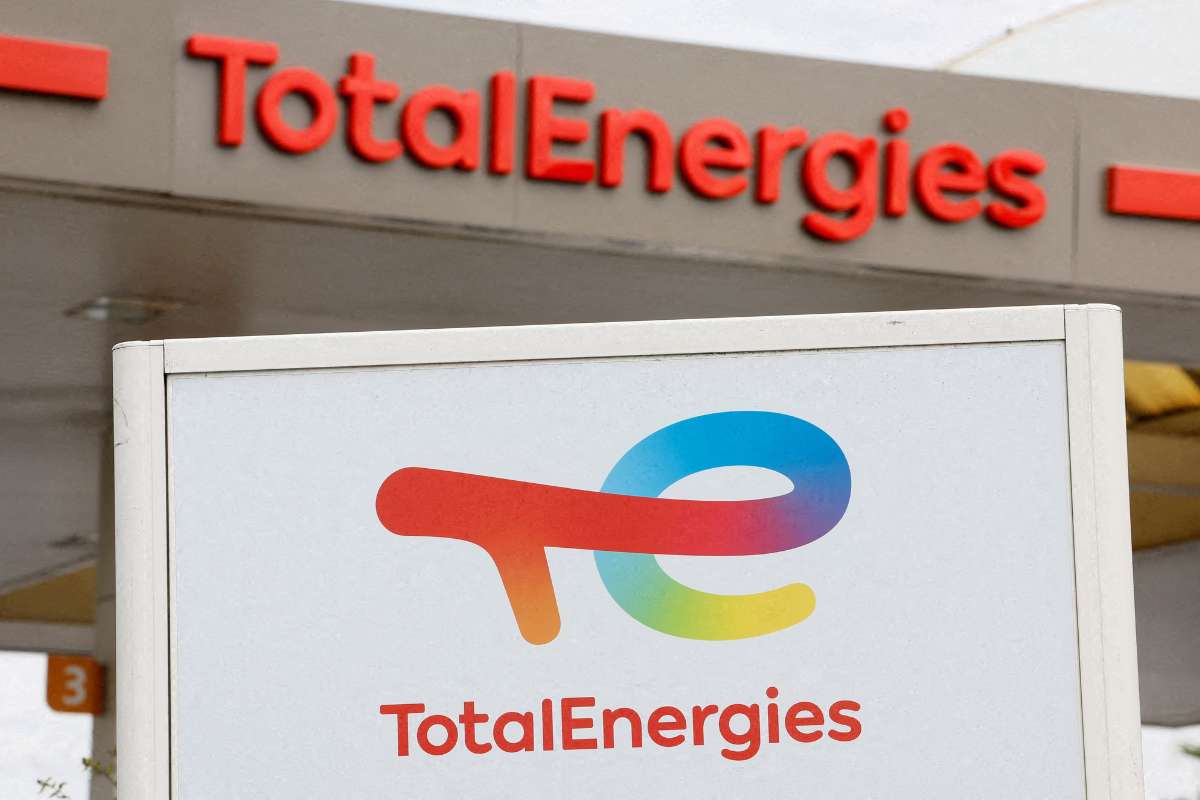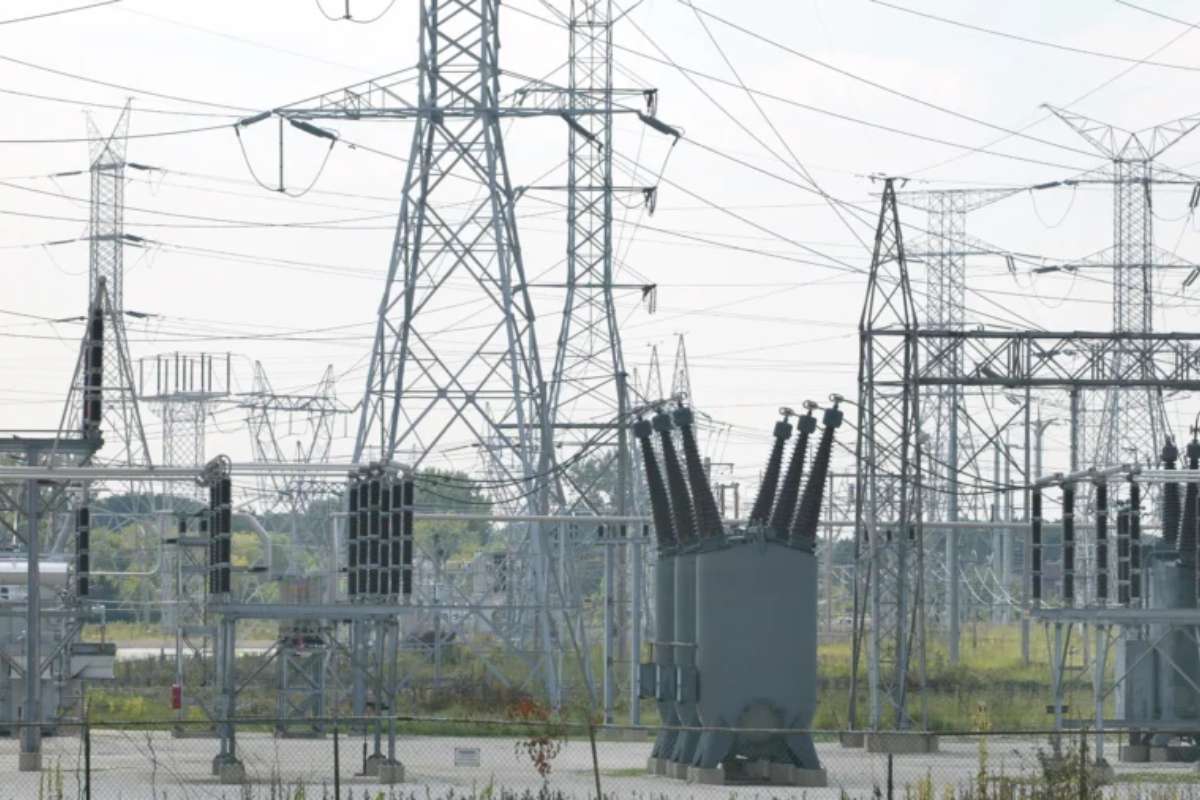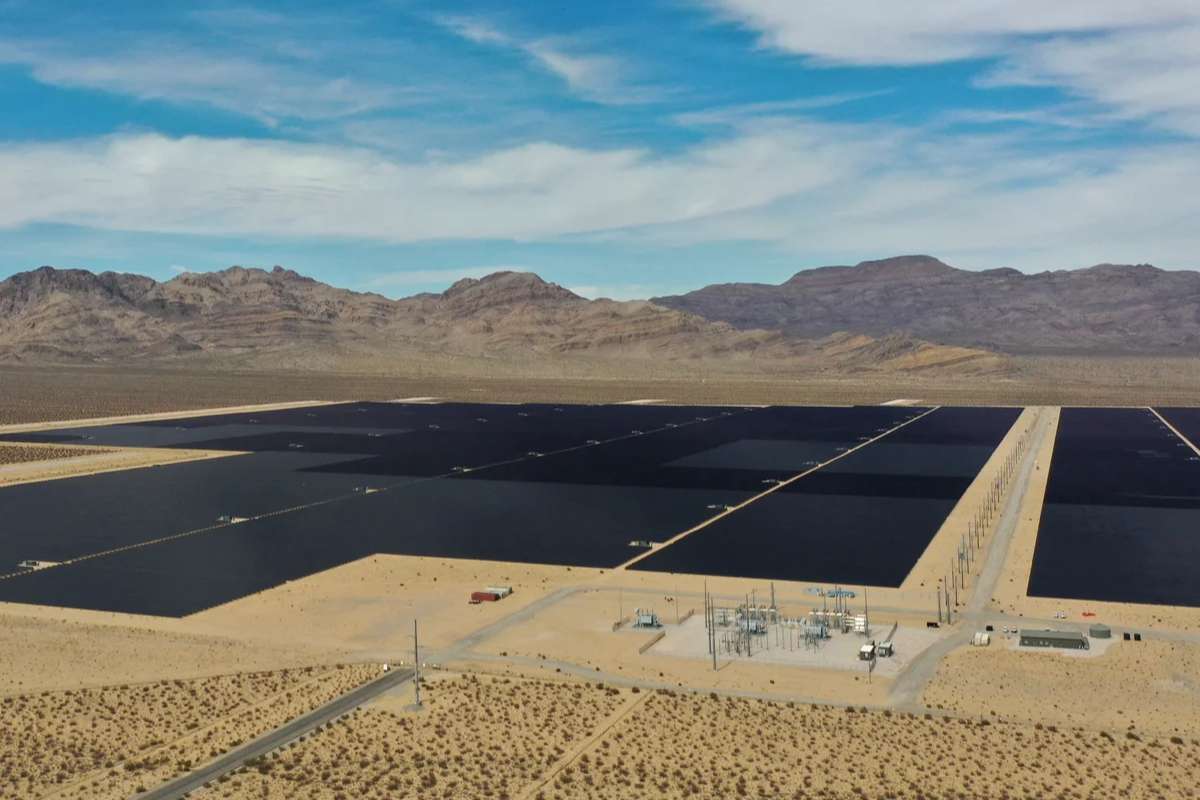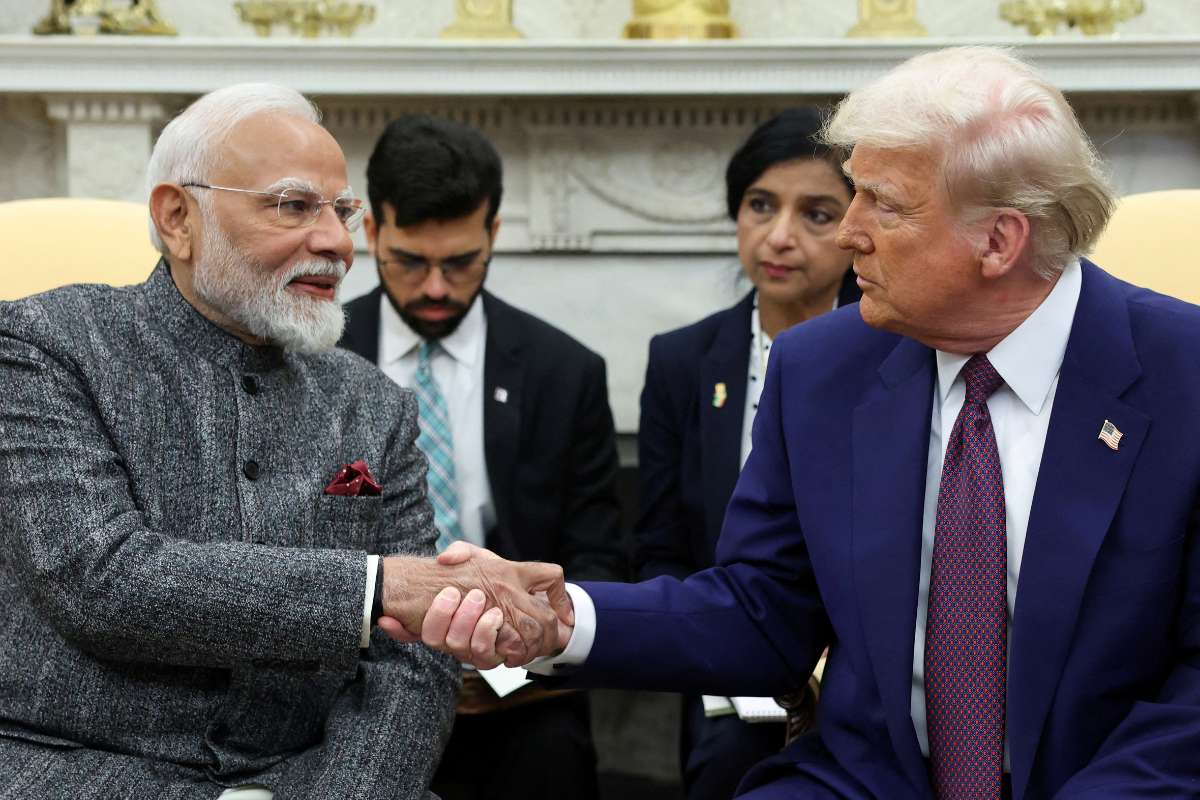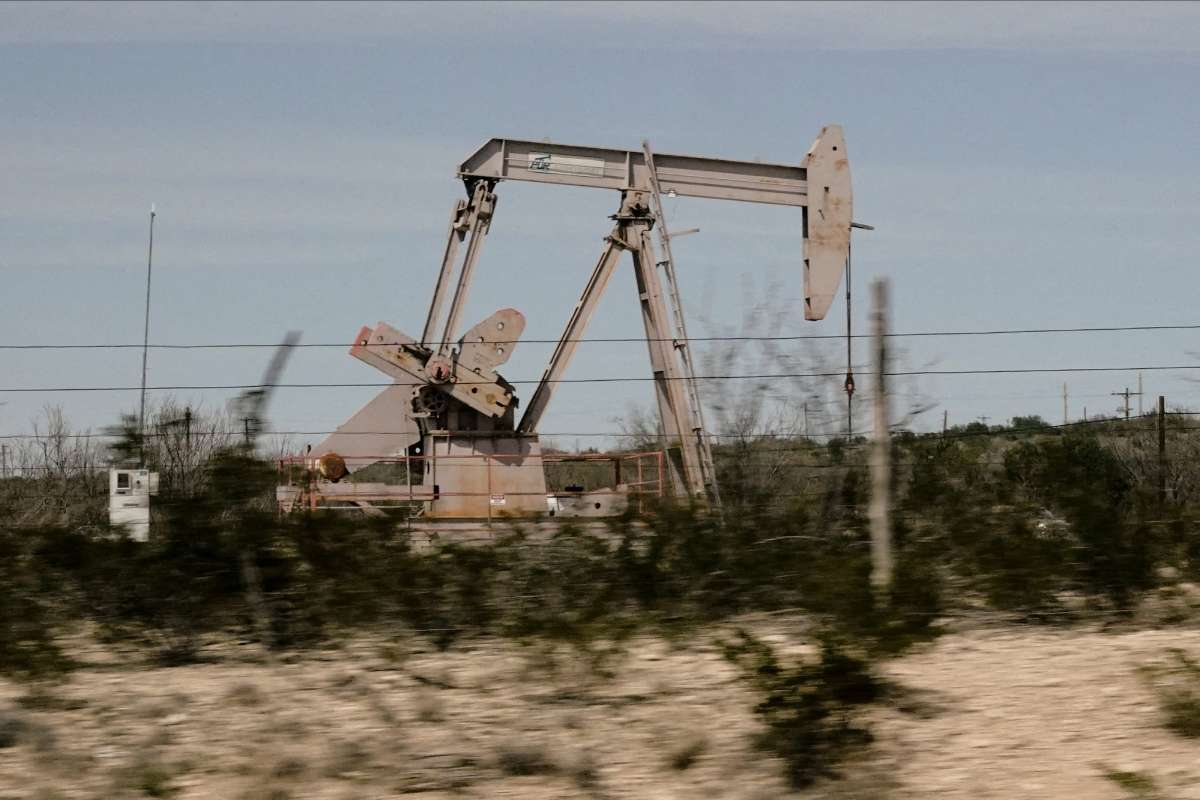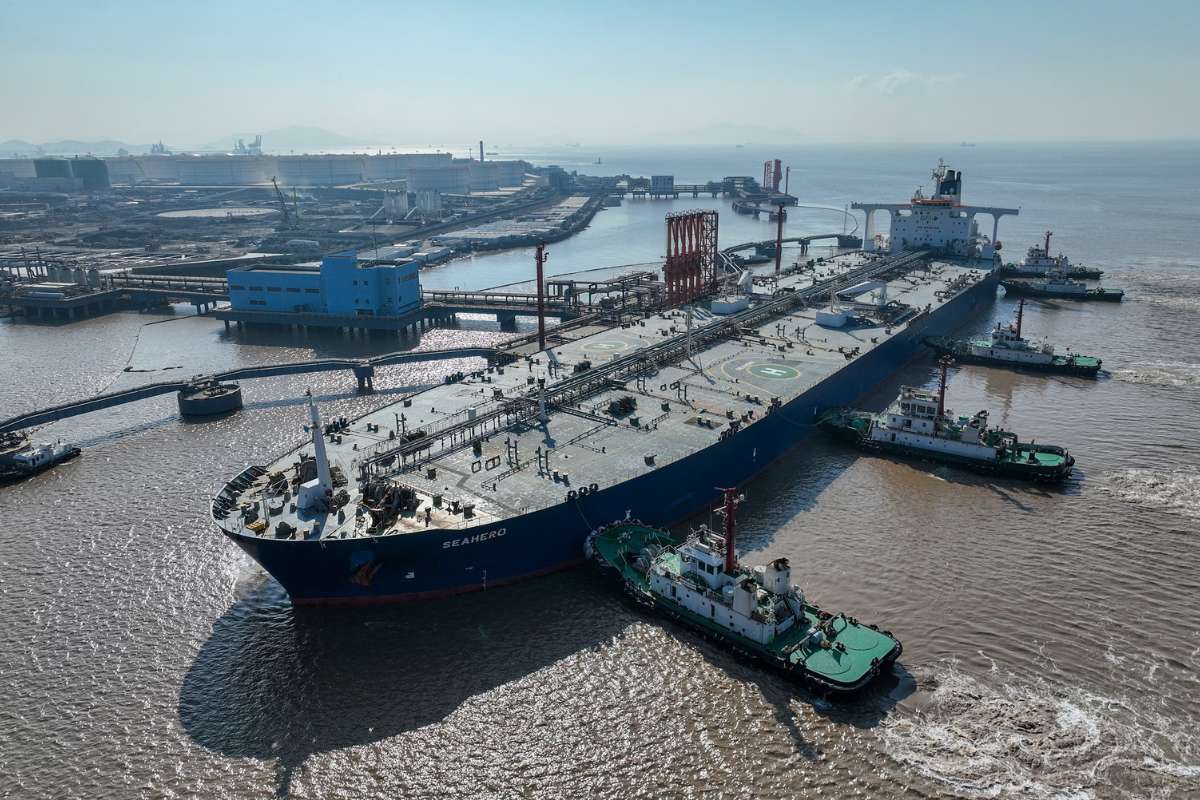Key Points:
- Oil price rise follows a sharp 6.9 million-barrel drop in US crude inventories.
- Western sanctions on Russian oil may affect global supply and import strategies.
- OPEC+ plans to review production amid potential global surplus concerns.
The Oil price rise on Oct. 30 ended a three-day decline, as traders assessed a significant reduction in US crude inventories and the potential effects of new Western sanctions on Russian oil exports.
West Texas Intermediate (WTI) crude increased 0.6% to close just below $61 a barrel, while Brent crude settled near $65. The latest report from the US Energy Information Administration (EIA) showed that US crude stockpiles fell by 6.9 million barrels last week, the largest decrease since early September. Gasoline and distillate inventories also declined, indicating stronger consumption levels.
“The market is responding to tighter supply conditions reflected in the latest EIA data,” Standard Chartered analysts led by Emily Ashford said in a note. “Future trends will depend on how recent policy measures influence overall export volumes.”
US inventories record a sharp drop
The EIA report indicated that gasoline and diesel supplies fell alongside crude inventories, contributing to a 2.5% rise in gasoline futures. Analysts said the decline suggests steady demand despite seasonal slowdowns. The data provided short-term support for oil prices, helping offset recent losses and underpinning the Oil price rise.
Industry observers noted that the recent drawdowns may reflect increased refinery activity and export levels. However, they added that the upcoming weeks will determine whether this trend continues, as global demand patterns and shipping logistics evolve.
Sanctions affect Russian crude outlook
Western countries introduced additional sanctions this week targeting several Russian crude producers. The measures are designed to influence export revenue and affect global supply, indirectly contributing to the Oil price rise. According to US officials, the actions aim to encourage further diplomatic discussions while maintaining stability in energy markets.
Indian refiners, some of which have purchased Russian crude at discounted rates, are evaluating the implications of the new restrictions. Indian Oil Corp. said Tuesday that it would continue purchases that remain in compliance with international regulations. Market analysts said that countries dependent on energy imports are likely to adjust procurement strategies in line with both pricing and compliance considerations.
OPEC+ to review production plans
Oil prices remain on track for a third monthly decline, as expectations of a potential global surplus persist. The Organization of the Petroleum Exporting Countries and its allies, collectively known as OPEC+, are scheduled to meet this weekend to discuss production targets. Observers anticipate that member nations will review supply adjustments to align with current market conditions.
In the United States, Federal Reserve Chair Jerome Powell said that a possible interest rate cut in December is “far from certain.” Changes in interest rates can influence energy demand by affecting overall economic activity.
Traders are also monitoring ongoing discussions between the United States and China on trade and economic cooperation. President Donald Trump and Chinese President Xi Jinping are expected to meet on Thursday to continue dialogue on bilateral issues that could shape future energy demand trends.
As markets weigh inventory data, production decisions, and international policy developments, analysts expect short-term fluctuations to continue. The overall direction of oil prices in the coming months will likely depend on supply adjustments, global consumption patterns, and macroeconomic indicators, all influencing the Oil price rise.
Visit Oil Gas Energy Magazine For The Most Recent Information.
